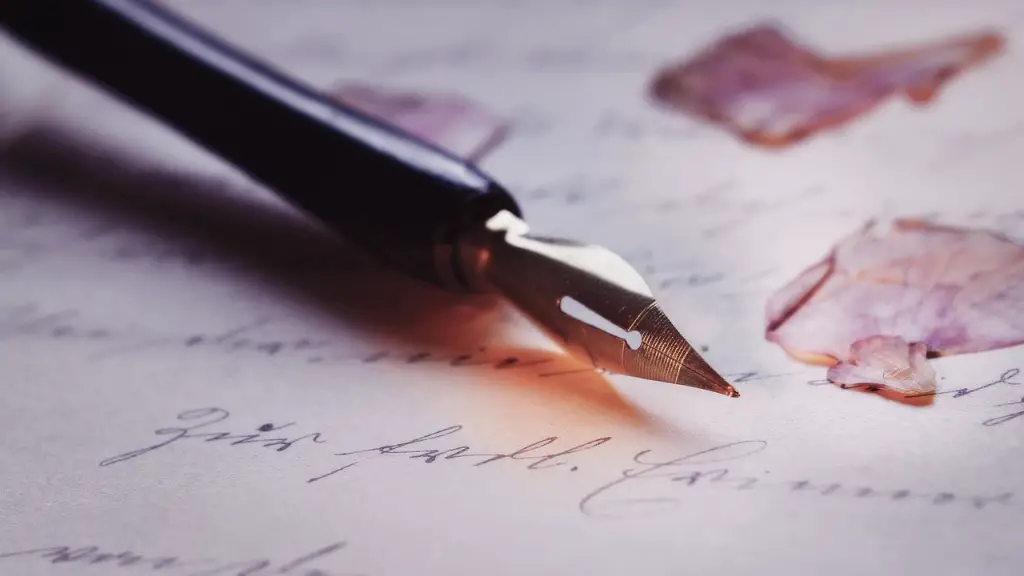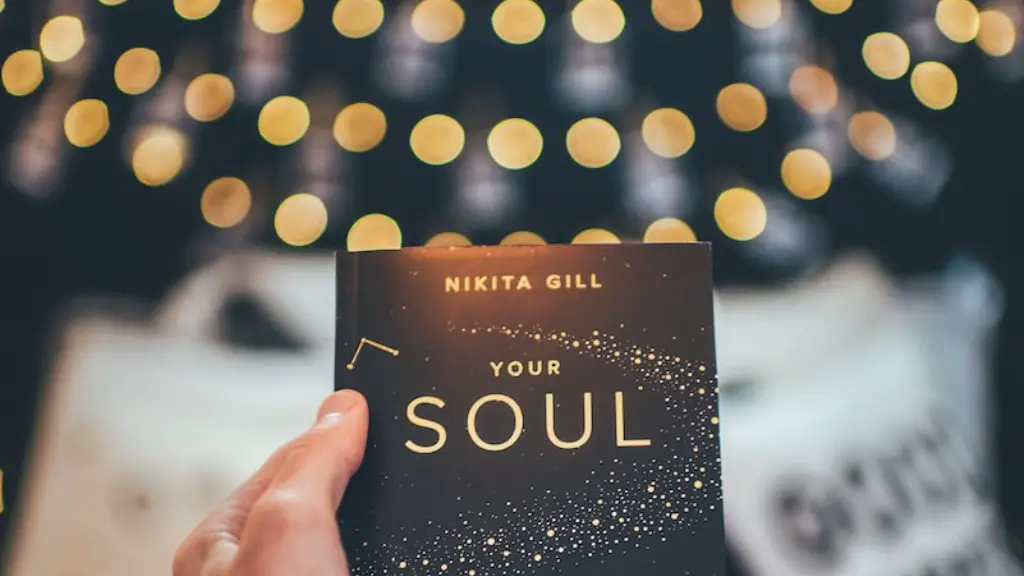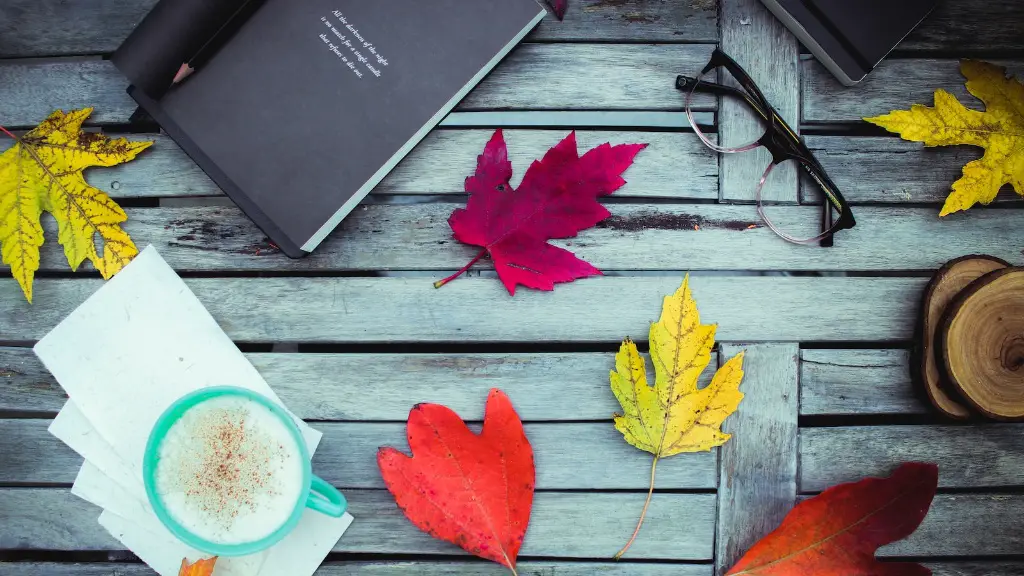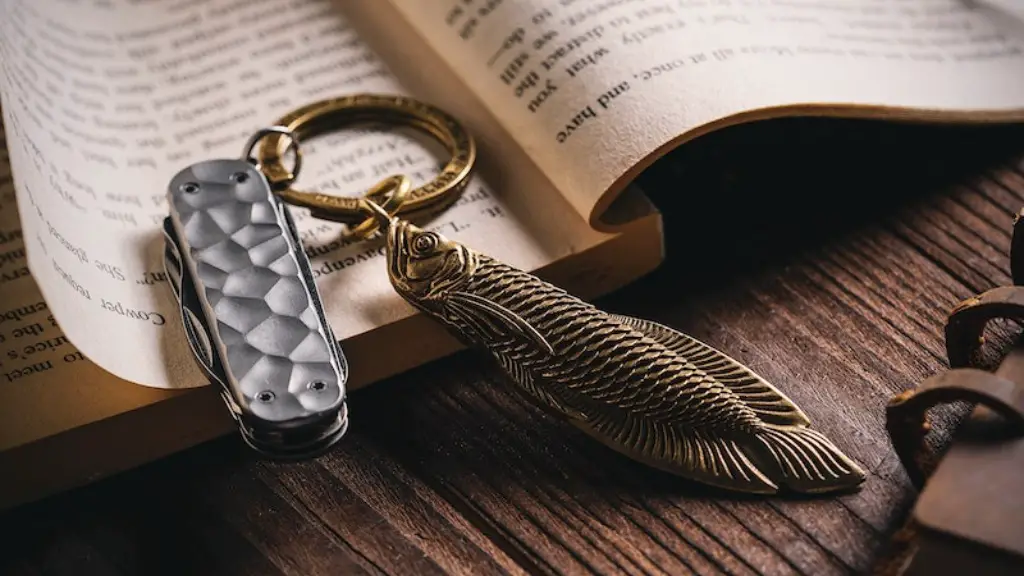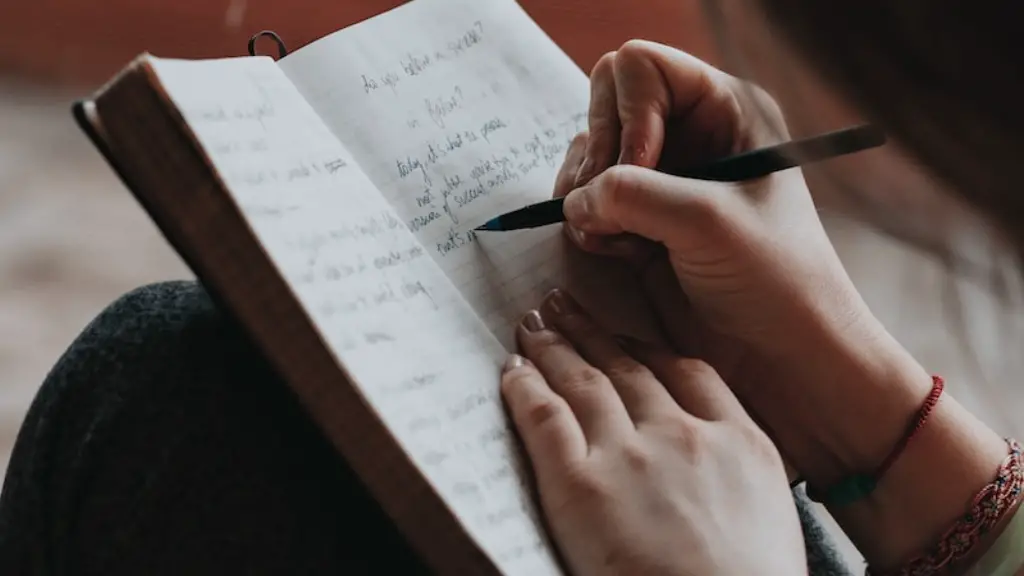The art of poetry has been around since ancient times and has changed and developed over time. From the first recorded verse to present day, many poets have contributed to this wide and ever-evolving art form to create something timeless. When someone is considering a beginning in poetry, it can be difficult to know where to start. As there are many different types of poetry, it is important to know the basics of each style to understand which is most suited to your needs. To that end, this article seeks to inform readers of the main types of poetry and their components, providing both a general overview and in-depth analysis of the different variations.
The first, and perhaps most prolific and well-known type of poetry, is the sonnet. This form of poetry is often considered to be a standard for poets, as it is composed of fourteen lines and offers a strong, adaptable structure for poetic creation. Sonnets typically have three quatrains (four lines each) and a rhyming couplet (two lines), with a iambic pentameter. Additionally, they often center around a set theme, such as love. The second type of poem is a Lyrical Poem. This type of verse is often longer than a sonnet, usually delving into a personal experience or emotion and focusing on the narrative and making it easier to add imagery, metaphor and emotion to portray the author’s intentions.
The third kind of poem is an Epic Poem. This style of writing is typically longer than the first two and can be composed in any metre or form. The narrative in an Epic Poem is normally a story, often set in multiple scenes, with a clear beginning, middle and conclusion. It usually follows a single protagonist and has external elements such as gods and goddesses which can help to shape the protagonist’s story. Beyond that, Epic Poems are characterized by their length, many lasting thousands of lines.
The fourth type of poem is a Limerick. Limericks are often humorous and are characterized by their five lines, with a rhyming structure of aabba. Similarly, there is the fifth type, the Haiku. This poem is a Japanese form of poetry, often meditative and composed of three lines, generally of five, seven and five syllables respectively. A haiku typically follows a seasonal theme and focuses on expressing a moment in time.
Further, there are Free Verse and Blank Verse poems, which are essentially the opposite of structured works and emphasize word choice, often allowing for more creative writing. Additionally, there is the Ballad, typically composed in the form of a narrative, often telling a story and adding structure with literary devices such as rhyme and meter. On the contrary, non-narrative Ballads often focus on expressing emotions or telling tales in symbolic form.
Lastly, Villanelle poetry is a complex and rigid type of poetry which relies on two repeating rhymes and has two refrains. This poetry comprises of five tercets (three lines) and one quatrain (four lines), and these components are organized in a particular structure to maximize the depth in the poem’s meaning while creating a memorable melody.
Understanding the Components
As presented, each type of poetry has its own character, distinguishing it from the other forms. For example, a sonnet is identified by its fourteen-line structure and its ababcdcdefefgg rhyme scheme. Similarly, a Limerick is known for its unique combination of five lines and its aabba rhyme scheme.
This structure is often one of the main elements that poets consider when crafting a poem, as it helps them to convey the deeper meaning or emotion of the verse. Additionally, a strong structure adds to the flow of the poem and gives it an inherent rhythm. For instance, the rhythm of a sonnet can be characterized as a gentle, consistent rhythm that captures the essence of the poem without being overly intense. The iambic pentameter (five-beat meter) utilized in the sonnet also offers an opportunity for the poet to shape the poem in a particular way.
Other components that vary between different styles of poetry forms are the line lengths and structure of the poem. For example, while a haiku may be composed of three lines, each of a different length, a sonnet will have a regular and consistent fourteen line structure. Poets must consider these components, as they can help to strengthen the narrative, story or emotion of the poem.
Bringing it All Together
Creating a poem requires a balance of understanding the form of each type of poetry, mastering the different rules, and effectively employing these components to imbue the poem with emotion or narrative. Poets must also understand how to merge poetic elements, such as imagery, metaphor and modern slang with the structure of the poem to create something unique and timeless.
In order to capture the emotion or story of a poem, it is necessary to learn how to bring together the basics of each type of poetry. It is also essential to understand the purpose of each component, which can provide additional insight into how to effectively craft a poem.
For example, the rhyme scheme of a sonnet helps to tie in the different ideas that the poet wants to express. This can also provide a way to keep the flow of the poem consistent, by providing a repetition of certain words. Additionally, understanding the poetic structure can help to create a stronger narrative and offer a unique way of expressing emotions.
Evolving the Types of Poetry
Over time, different types of poetries have mutated and combined to form new types of poetry. This new form of poetry is often referred to as contemporary or modern poetry. These styles often incorporate elements from traditional poetry such as sonnets, lyrical poetry and haikus, but combine them with more modern elements, such as slang words, references to current events and popular culture.
This new form of poetry can often be more relatable to an audience, as it is steeped in modern culture. Additionally, modern poets often use images, video and sound to complement the poem and help to capture the feelings of the poem better. For instance, a modern haiku may be crafted with a focus on a changing season, then accompanied by a beautiful image of said season, or the use of music or sound.
Modern poetry can be seen as an evolution of traditional forms, with the aim of creating something new and interesting. While this may blur the lines between different types of poetry, modern poems can help to expand the scope of understanding of poetry and bring in a new level of creativity.
Conclusion
In conclusion, the art of poetry is an ever-evolving and adaptive craft, with many different types of poetry increasing in popularity and adapting over time. To be successful in creating powerful and meaningful poetry, it is important to understand the differences between the different types of poetries and how to effectively use their components. From the more traditional forms of sonnets and Epic Poems to the more modern Haikus and Free Verses, poetry provides a unique form of expression and can be adapted in various ways.
